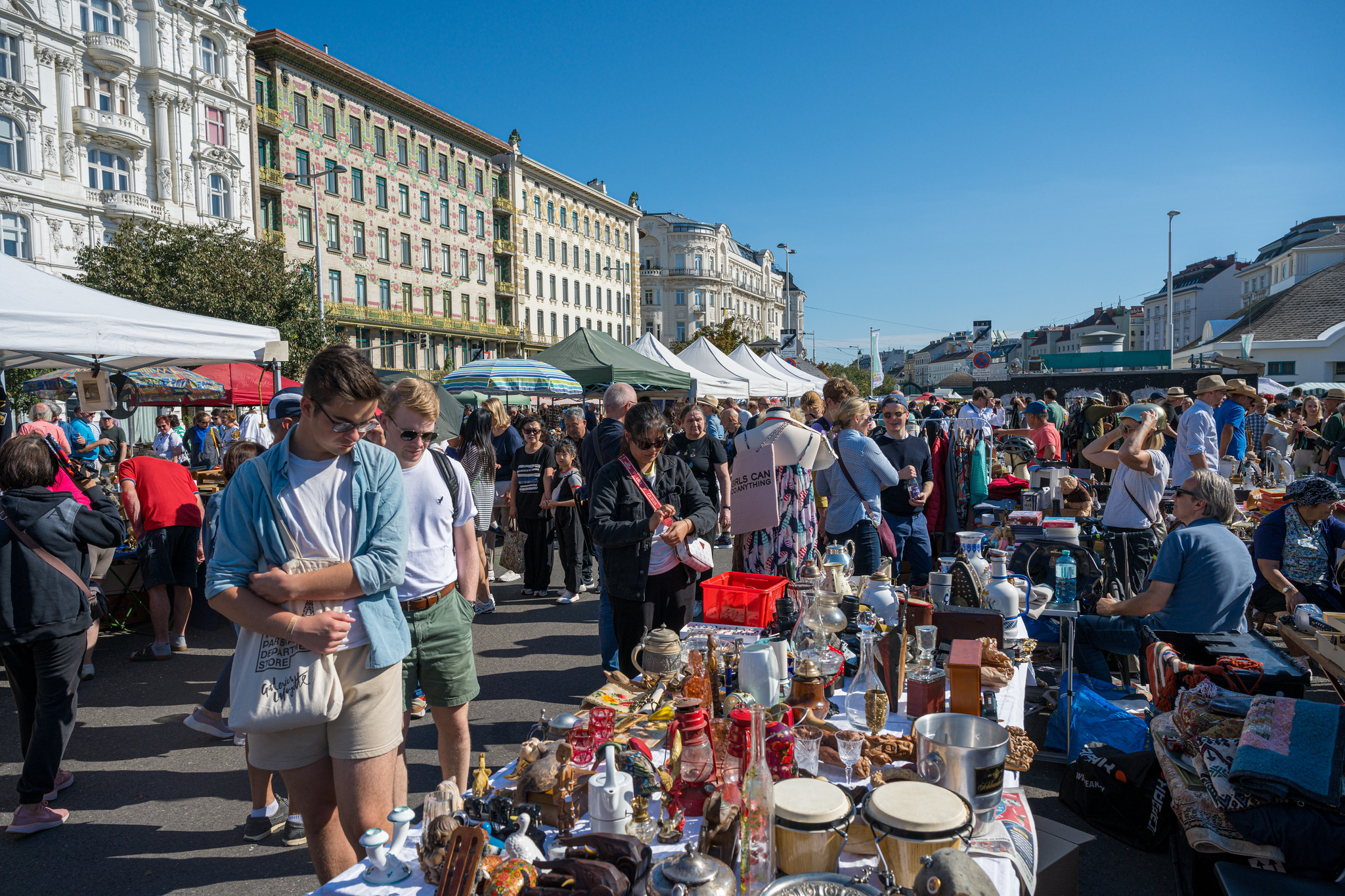
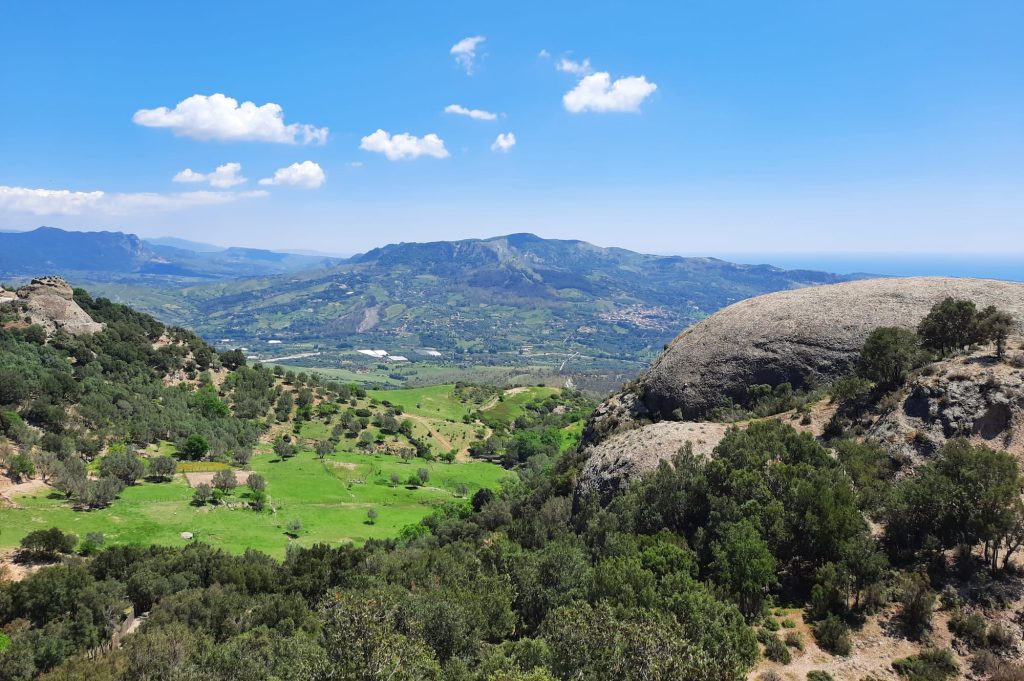
This article originally appeared (in Italian) on Osservatorio Balcani e Caucaso Traseuropa. Acces the article here: La grecità della Calabria
The jeep climbs the slopes of the Aspromonte, leaving behind a cloud of dust. On either side of the vehicle run wild pear trees, clumps of purple heather, yellow cushions of thorny spurge or the tall flowers of the ferula, silhouetted against the Mediterranean scrub that is extraordinarily green and lush in this early summer.
“These places have a poignant beauty, as if there were always a hint of bitterness“, comments our guide, Arturo Rocca, in a calm voice, as his hands quickly lash the steering wheel following the bumpy track. We are in the Locride region, an area of over 1,300 square kilometres that embraces the Ionian side of the province of Reggio Calabria, sliding down the valley to the Costa dei Gelsomini. Locri, Gerace, Siderno, Riace are just a few of the localities located in this territory that climbs rapidly, passing from the sea to the almost 2,000 metres of the highest peak, and that we have come to discover in search of historical links and contemporary relations with nearby Greece.

“Sixteen rivers run through the Locride region. They are the lymphatic system of this region,” Arturo Rocca continues, as we descend and ascend the valley carved by one of these seasonal rivers. A few millennia ago, what appear today as rocky, almost completely dry beds were deep fjords into which the sea entered, providing shelter for navigators. Ionian Calabria was a fertile land where agriculture flourished and where, starting in the 8th century B.C., the first Greek colonists settled, founding that Magna Graecia which in the space of three centuries involved almost the whole of present-day southern Italy, from Syracuse to Taranto, from Naples to Crotone. What has remained today of that historical experience and what role does it play in the contemporary narrative of these places?
The journey that took us to Locride aims to answer these questions. Levantina – an initiative by Myth Euromed realised together with Gal Terre Locridee and under the patronage of the Greek Embassy in Rome and the National Archaeological Museum and Park of Locri – brought together journalists, cultural operators and scholars in a debate on Greek heritage held at the archaeological park of Locri on 6 May. But in addition to the exchange of ideas, there was also room for a physical foray into the places of Locrian Greek heritage, starting with Locri Epizefiri, the ancient Greek city that was an ally of Syracuse against Crotone and in turn founded the colonies of Hipponion (Vibo Valentia) and Medma (Rosarno). Located about 3 km from the contemporary city, the polis was then a centre of primary importance.
“A 7.5-kilometre-long wall surrounded the settlement. At this point we are formally entering the city,” says Elena Trunfio, the museum and archaeological site director, smiling. The tour starts just outside the walls and then quickly arrives at the temple in contrada Marasà, whose last remaining column is now the symbol of the park. Excavations – conducted by, among others, Paolo Orsi from Rovereto in the early 20th century – have brought to light many places of worship, a theatre, a large living quarter and several necropolises.
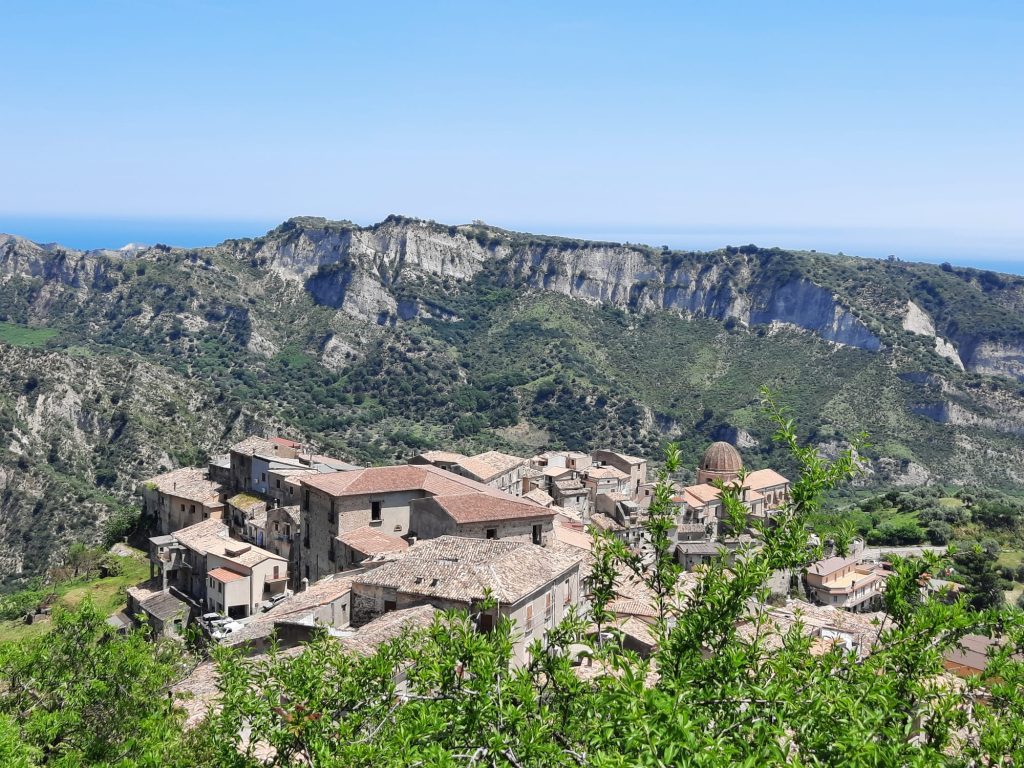

A visit to the entire archaeological park (more than thirty hectares) lasts several hours and recounts not only the Greek period, but also the Roman and late Roman evolution of Locri Epizephyrii, which was abandoned from the 8th century AD onwards.
The journey in Locri then takes us to discover the Byzantine heritage, such as the beautiful Cattolica di Stilo, a small church with a central plan and a square shape overlooking the village of Stilo, about fifty kilometres north of Locri. “If the Roman conquest of southern Italy represents a caesura with respect to the Greek period (even if there is continuity in many religious and linguistic traditions), there is a new Hellenisation of these places between the 8th and 10th centuries AD when monks fleeing from iconoclasm settled in Calabria in a widespread manner,” explains Attilio Spanò, a historian of medieval western art, originally from Gerace. Coming mostly from Palestine, these monks found refuge in Aspromonte.
The many small rock churches and even the caves – impressive the ones called San Pietro that we see near Pietra Cappa, the highest monolith in Europe 30 km south of Locri – testify to the presence of monks.
“It is during this period that we see the modernisation of the divinities, with, for example, Ares/Mars becoming Saint George or Saint Demetrius,” Attilio Spanò continues, “the monks maintain a parallel religiosity and dioceses are born that are often difficult to identify as completely Greek or Latin. This second Hellenisation of Calabria helps to explain the many and widespread Greek influences that are still to be found in popular culture and that amazed, during the trip, even the representatives of the Greek embassy in Rome, who were surprised to taste green beans (fasolákia) prepared just like in Greece.
In fact, beyond the best-known legacies of the classical period (above all, the Riace bronzes, preserved in the National Archaeological Museum in Reggio Calabria), words, expressions, customs, recipes and even people survive that bear witness to a strong link with Greece. The Hellenic influence peeps out, for example, in the names of the municipalities of Monasterace or Antonimina, it can be glimpsed in the custom – still widespread – of kissing icons and sacred images, and it becomes clear when one hears the inhabitants of Bova (about sixty kilometres south of Locri) speak Grecanico, where there is also a museum dedicated to this ‘Greek-Calabrian language’ and to Gerhard Rohlfs, the German philologist who studied this linguistic phenomenon in the first half of the 20th century.
“We need a mapping of the Greek heritage in Calabria, to shed light on these influences and understand how much goes back to classical Greece and how much to the later Hellenisation of the Byzantine period,” says Attilio Spanò. The organisers of Levantina hope that the renewed interest in Calabria’s Greek past (and present) can also help change the narrative of this region, which has been held hostage to crime for too long, even in the news. ‘We try to build bridges starting from the great material and immaterial heritage inherited, trying to make it contemporary,’ Alberto Cotrona, the founder of Myth Euromed and the originator of Levantina, explained to Ansa.
Back among the rivers, the jeep now takes us to the monastery of San Giovanni Theristis in Bivongi. Built in the 11th century, the complex is dedicated to one of those Italo-Greek monks who populated Calabria between the Byzantine and Norman periods. Another interesting twist: the basilica, which was active until the 16th century, was recently renovated and given in concession to the Romanian Orthodox Church in Italy (the Greek Church had instead preferred not to continue running the place). When we arrive, the monastery is therefore in full activity, with faithful who have come on pilgrimage. “The four monks live in small houses built nearby and run a beeswax workshop, distributing candles to the 250 Romanian Orthodox parishes in Italy,” explains historian Giorgio Metastasio.
We leave the monastery following a winding panoramic road and approach the last stop on our journey: Gerace.

In this spectacular village that rises 500 metres above sea level, offering an unmissable view of the Ionian coast, there is one of the largest religious buildings in the whole of Calabria – the co-cathedral basilica of Santa Maria Assunta – that boasts an intricate history, mirroring the many dominations that have followed one another over time. “We could define it as Pre-Romanesque, Proto-Romanesque and Post-Byzantine,” explains Attilio Spanò, as we climb from the crypt, where the original core of the church carved into the rock is located, to the interior of the basilica. “You could say that Byzantium arrives here through the mediation of the Germans,” the art historian enthusiastically continues.
Overlooking the belvedere of Gerace, with our gaze wandering between the sea, the villages and the countryside dotted with olive trees, we talk about the stratification of historical experiences and cultural influences that characterises these places. And we decide to accept the challenge and tell a little piece of it.
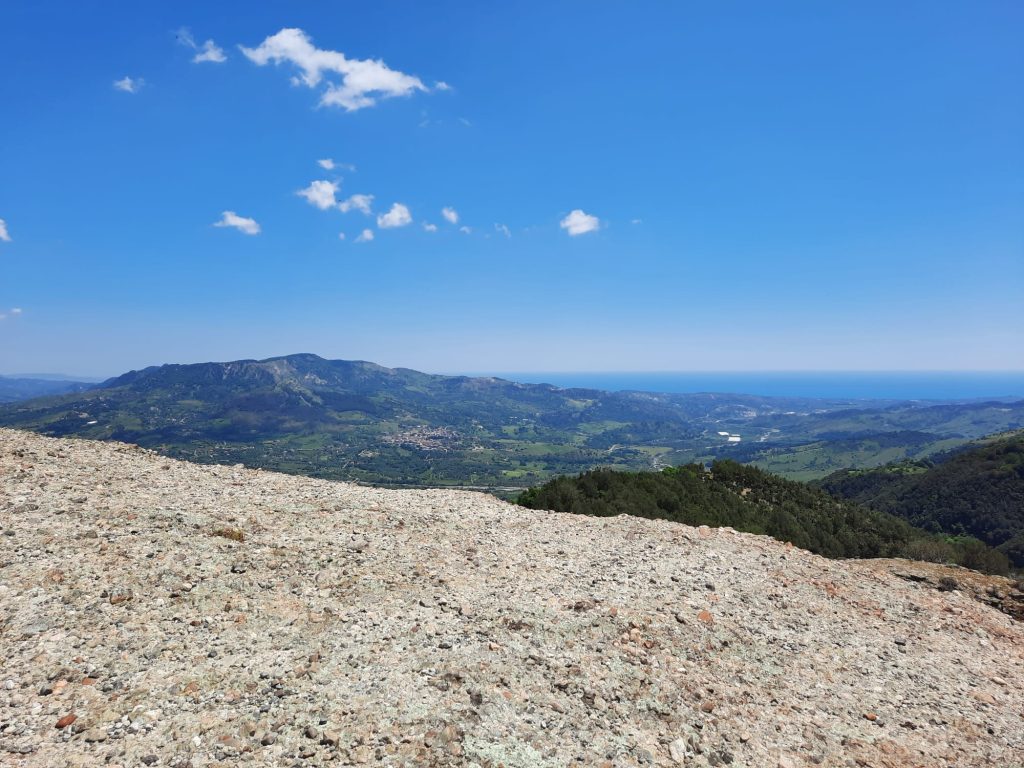
This is the first chapter of Greekness in Calabria. In Zagreb we have recently started a project that aims to bring history to life through travel: Extinguished Countries, a series of travel guides to states that no longer exist. The first volume, released in 2021, is on the Republic of Venice, while the one we are working on is on the Habsburg Empire. The challenge is to produce a guidebook of classical Greece, stretching from Magna Graecia in southern Italy to the west coast of Turkey. We want to tell the story of the Athenian Empire and that of Sparta, the famous architectural vestiges and the lesser-known linguistic and gastronomic legacies. The journey will take us to very famous places and others to be discovered, such as the Locrian countryside. Those interested in the adventure or who would like to suggest stories, places, contacts (and possible backers!) can write to erodoto@extinguishedcountries.com – the email address has been created for the occasion!

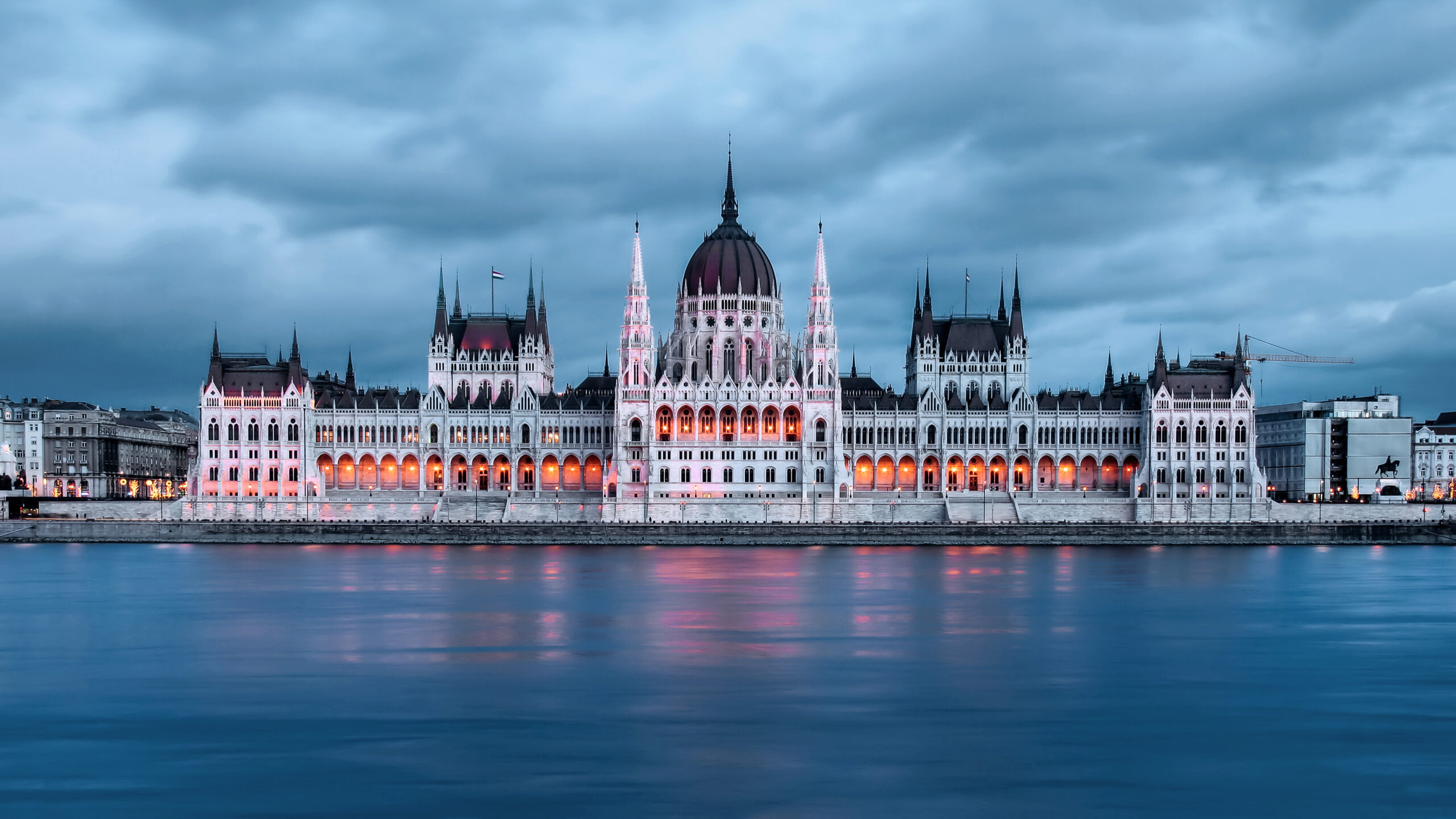

Start your journey in the Extinguished Countries!
Get a free chapter from our first guidebook “Republic of Venice” and join our community!